I have spent my entire career working on “big” screens but after Colossus, the latest project with GoVision using digiLED Toura 6mm and being installed at Bristol Motor Speedway, I’m seriously going to have to re-evaluate quite what the “big” means.
Everything about this project dwarfs all my previous builds. Until now, it was easy to describe sizes as “the size of a double garage” or “half a tennis court”. This job changes everything!
Every single face of screen weighs in at more than four and-a-half tonnes and measures 19.2 metres wide and 9 metres high. To put that in context, if Curries was promoting this, they’d call it an 835 inch TV. Each face of screen has 3,888,000 pixels – that’s 1.8 million pixels more than your domestic HD telly. The surface area of just one screen (and bear in mind there are 4 of these in the Colossus installation) is large enough under UK planning for 15 car parking spaces. Each screen is 2.7 Storeys high from bottom to top but bear in mind too, the top row of pixels sits 140 feet in the air (and that’s half the axel-height of the London Eye).
The bottom ring (flown just beneath the four faces of Colossus) contains 144 panels, (2,332,800 pixels) with a circumference so long that the Mars Curiosity Rover would take twenty four (and a half) minutes to drive around the ring.
A grand total of 20,217,600 pixels are installed within Colossus fed by a fibre optic loom containing more than 140 cores. Behind this sits a mega-rack with more than 36 digiLED Navigator-NV LED Processors dividing and distributing the multi-4k-content.
All in all, the gigantic Colossus is just that, absolutely colossal.
